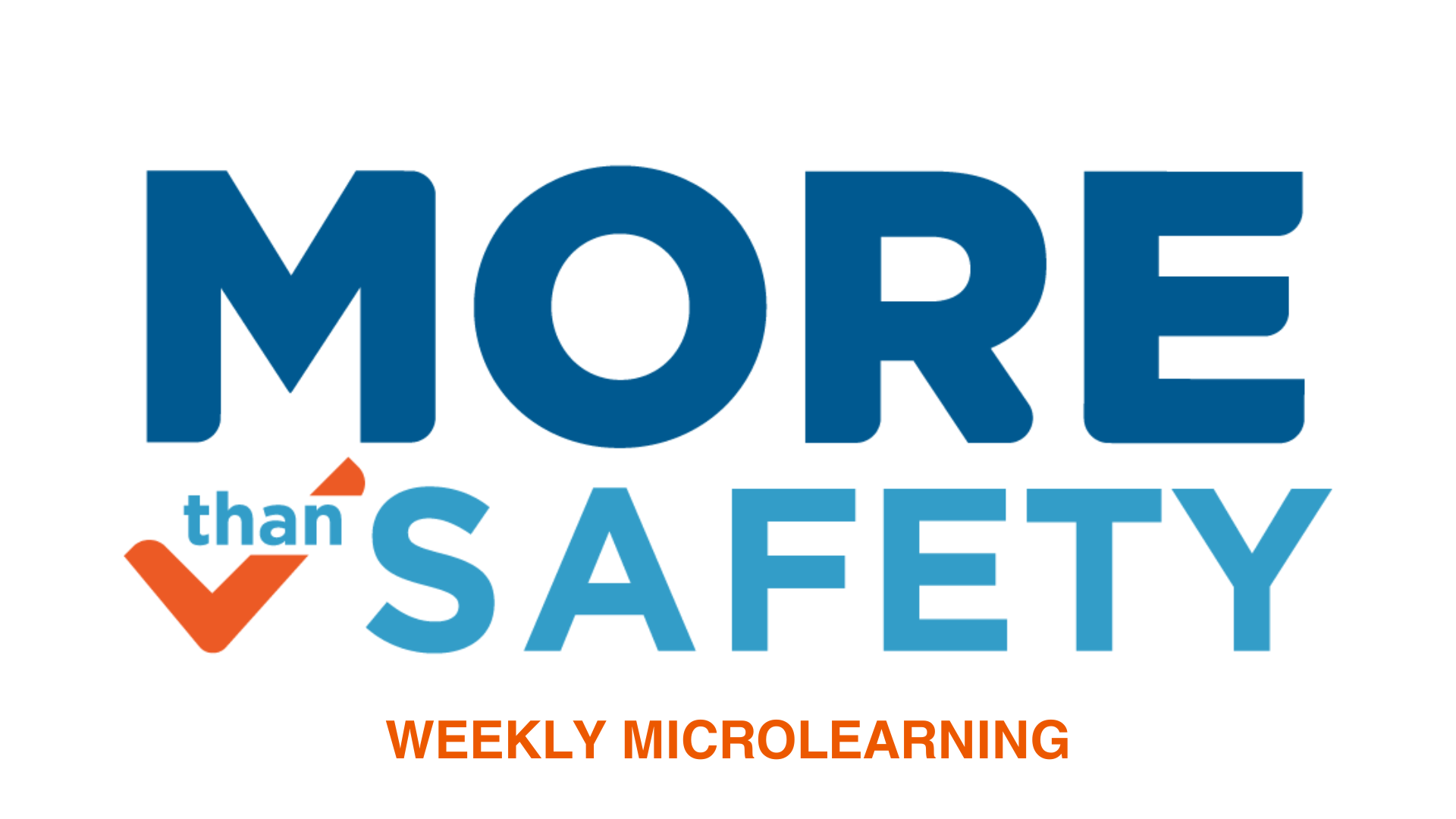The power in identifying foreseeable changes

A unique part of the SafeSide Framework is the concept of foreseeable changes. Across our live workshops, participants have consistently shared that the idea of foreseeable changes either:
- Significantly changed the way they talk with people about suicide, or
- Gave them an “Aha!” moment that resonated with something they were already doing in their practice.
Foreseeable changes are future events that, if they were to occur, would be big “Oh no!” moments that could make things riskier for the person. Often, foreseeable changes can make someone feel trapped, hopeless, or as if they are a burden. These may be things like the loss of a job or a central support – something crucial to the person’s identity and security. When identifying foreseeable changes, consider:
- Is the change imminent or likely to occur? If, for example, someone shares that a loved one is very ill and that their likely loss would be a foreseeable change that would cause distress, you can help them plan for what to do when that happens.
- How visible is the change? Would it be apparent to you if the foreseeable change occurred?
If the foreseeable change is likely, you will want a more robust contingency plan for the event. If a change will not be visible to you, the contingency plan can include steps the person agrees to take to make it visible or it might involve bringing someone into the loop who would know if the change happened.
Note: This is one of the More than Safety Newsletters that are shared weekly. SafeSide members in our Community of Practice have access to the full library of newsletters and resources.
